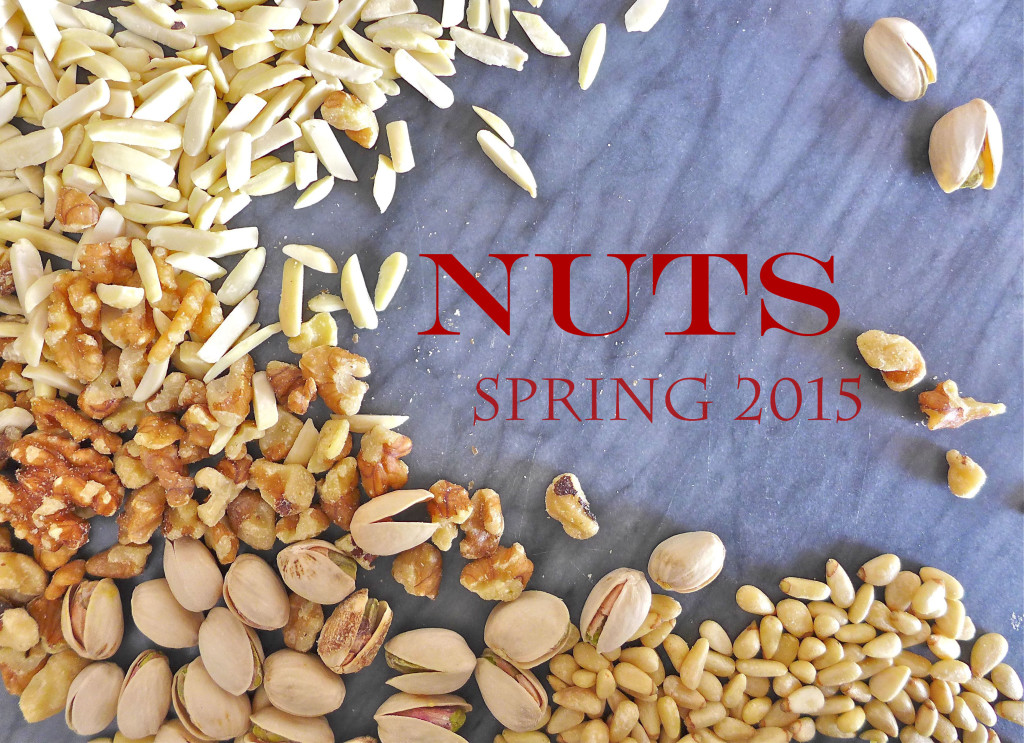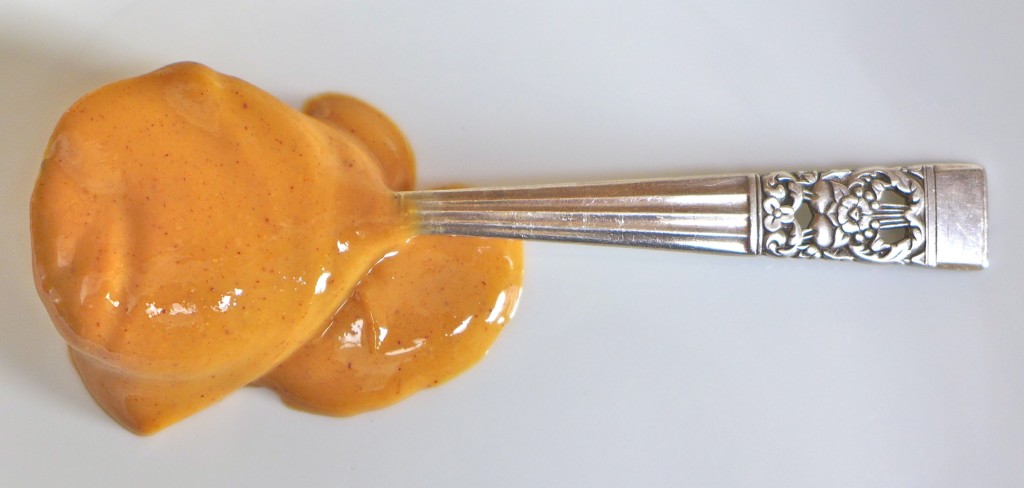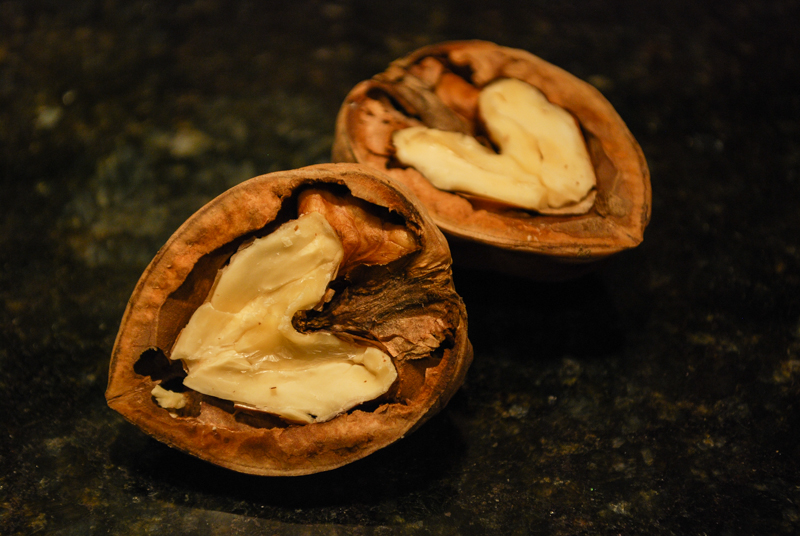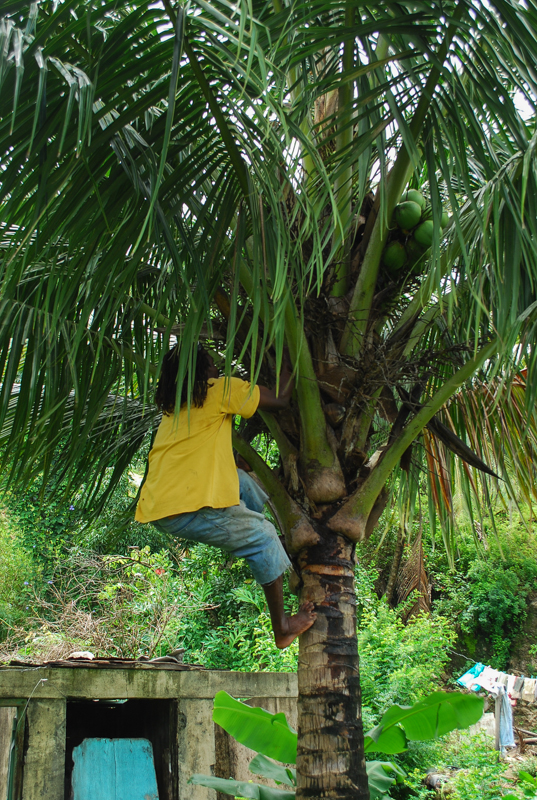Every season we like to pick one ingredient and find a variety of ways to love it and use it. You can find our complete ingredient archive here.
That’s right, nuts, and we’re so excited about this pick. As you are well aware, we love varying our diet to take advantage of the freshest foods each season. At this time of year, as we’re anxiously waiting for the first spring spring markets to start up, our diets can become particularly boring if we aren’t careful. That’s why focusing our attention on nuts, which store well and are readily available year-round, can be a lot of fun and get us out of any creative ruts that we we were having in the kitchen!
Of course, we’ll do quite a bit of dessert baking with nuts, but we’re also excited to stretch our culinary muscles by finding more ways to incorporate them into main dishes. It’s likely that there will be some more nut milks in our future and some condiments too. As well as a lot of general snacking: in our trail mix and on our cheese plates. What about you, do you have a favorite nut recipe that you’d like to share?
Biology
In researching this post, I spent a little bit of time trying to understand exactly what makes a nut a nut… For example, I think we all know the fun fact that peanuts aren’t true biological nuts, but are a type of legume, or bean. If you didn’t know that, let me blow your mind with this fact : like other legumes, peanuts grow underground! Aside from the peanut fun, what I did learn is that only a small fraction of the nuts we eat are actually considered nuts from a biological perspective.
Unfortunately, I have to hang my head and admit that I still don’t quite understand the biological definition of a nut. I knew it was time to throw in the towel when I started to get the same queasy feeling that I had in my college plant taxonomy class, and then I did a little happy dance knowing that I graduated and would never have to take another taxonomy class if I didn’t want to!… wow, how easily I can get off topic. This is what I know: a nut is a dry, one-seeded fruit, which does not open along a definite seam when it reaches maturity. That makes acorns, chestnuts, and hazelnuts true nuts, while almonds, walnuts, pine nuts, pecans, pistachios, cashews, and brazil nuts are not biological nuts, but considered culinary nuts (and that’s good enough for us!). Coconuts are a whole ‘nother story, but we’re down with them too. Generally, in the kitchen the term nut is loosely applied to any large, oil kernels or seeds found in hard shells.
Nuts are one of the many foods reliant on pollination by bees for a successful crop. Many of the nut orchards are so large, that there is not enough natural habitat surrounding them to support the bee colonies that would be required for pollination. As a result, every year, millions of colonies of bees are trucked in to the fields to supply this service. I found this fun bit of trivia on Scientific Beekeeping, and it helps to illustrate the value of environmental services that often go unnoticed:
It took about 1.5 million colonies of bees to pollinate 750,000 bearing acres of almond trees, producing nearly 2 billion pounds of nutmeats. That means that on average, every colony pollinated about 1333 lbs of nuts, and at a wholesale price of about $2/lb, each colony’s efforts contributed to a gross return to the grower of $2666.00! If we divide that value by the approximate number of bees in an 8-frame colony (14,000), that means that each individual bee, on average, pollinated 19¢ worth of nuts. And at a $150 per hive rental rate, each bee rented at 1¢ for a month’s wages.
Nutrition
Nuts are a great source of concentrated energy (fats), often high in poly- and monounsaturated fats and low in saturated fats. They are also packed with nutrients, particularly vitamins E, B2, and folate, and the essential minerals magnesium, phosphorous, potassium, copper, and selenium.
There are a number of health benefits associated with eating nuts. They can lower your bad, LDL, cholesterol levels. They can help with glycemic control (controlling blood sugar levels) in individuals with type 2 diabetes. If you’re concerned about their high fat content, other studies have found that adding nuts to your diet will actually help you lose weight and maintain a healthy weight level!… of course, this season you may find us using nuts in a number of baked goods and sweets, we’re not so sure that the cakes and crisps will help trim that waistline.
Oh, and if you’re worried about allergies, did you catch this bit of recent good news?
History
So many animals rely on nuts as part of their diet, that we shouldn’t be surprised that prehistorical humans were eating nuts 780,000 years ago! At that archeological site, scientists found almonds, acorns, pistachios, and water chestnuts, as well as stone tools used to crack the nuts’ hard shells. Evidence from the teeth of early humans suggests that we actually ate more nuts and other tough foods than fruit, whose strong acids would have eroded our teeth. The Greeks and the Romans ate walnuts and considered them a food of the gods. Walnuts have been cultivated for at least 2,000 years, and there is evidence that native americans were eating black walnuts at least 3,000 years ago. Additionally, there is evidence that native americans were eating pecans 8,000 years ago and some included acorns as an important part of their diet.
Globally, nut consumption is on the rise. These rising trends are consistent with data from the US, where the average american consumed 4.19 lbs of nuts in 2012! Almonds are the most popular nut, at 34% of total nut production by weight, and over 80% of this crop is grown in the US. Almond production is followed by cashews, walnuts, and pistachios. US is the largest importer of cashews, and over 70% of those traded are grown in India and Vietnam. Together, China and the US are the largest producers of walnuts, growing about 3/4 of the world’s crop, while China slightly outpaces the US on consumption. And, we’re back to the US holding the crown as the largest producer and consumer of pistachios. That’s nuts.







you two are nuts! can’t wait to see what you come up with this season. I am SO TIMID with nut milks, or even trying to make that cashew crema Sarah makes (i stood thisclose to her while she made it and i’m still nervous), so hopefully you guys will pull me out of that funk!
Intimidated? The curd maker that you are? Well, we’re excited for this season of nutty posts, so if you have any particular requests on things you would like us to try, let us know! I’m excited to bake up a batch of french macarons 🙂